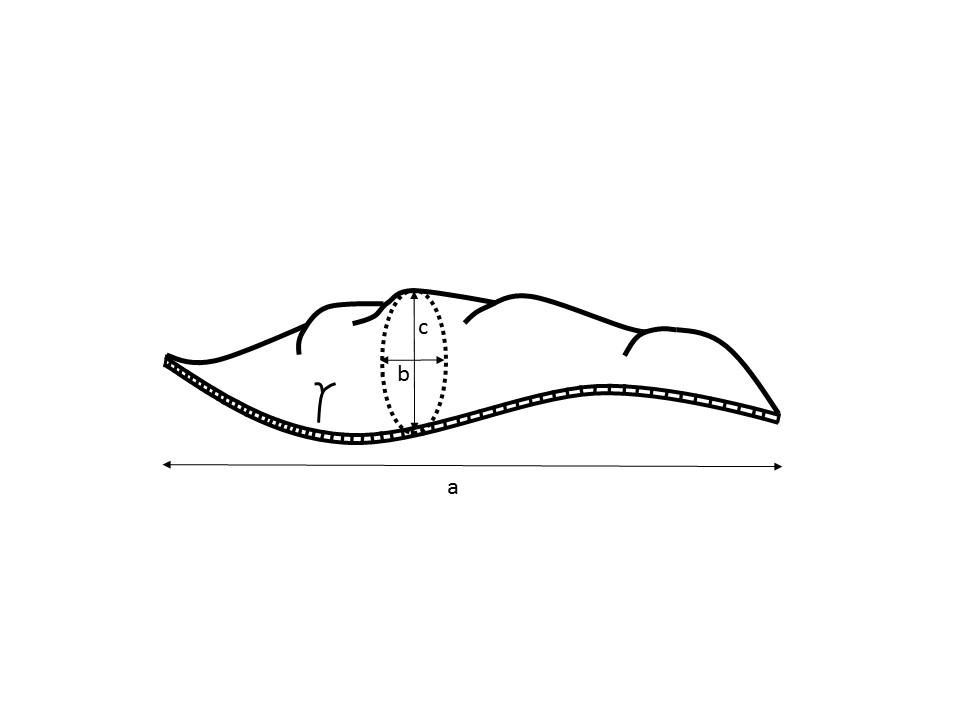초록접수 현황
| 17F-016 | 구연 미채택시 포럼 발표 |
Does Lung Resection Volume Influence on the Recurrence for Primary Spontaneous Pneumothorax?
Si Young Choi¹, Young-Du Kim2, Hyun Woo Jeon2, Jong Hui Suh3, Deog Gon Cho4, Chan Beom Park3, Jin Yong Jeong3, Jeong Seob Yoon3, Do Yeon Kim3, Yong Hwan Kim¹, Seong Cheol Jeong¹, In Seop Kim¹, Jae Jun Kim¹
¹Department of Thoracic and Cardiovascular Surgery, Uijeongbu St. Mary`s Hospital, The Catholic University College of Medicine, Gyeonggi-do, Republic of Korea.,2 Department of Thoracic and Cardiovascular Surgery, Bucheon St. Mary’s Hospital, College of Medicine, The Catholic University of Korea. Korea 3Department of Thoracic and Cardiovascular Surgery, Incheon St. Mary`s Hospital, The Catholic University College of Medicine, Incheon, Republic of Korea., 4Department of Thoracic and Cardiovascular Surgery, St. Vincent`s Hospital, The Catholic University College of Medicine, Gyeonggi-do, Republic of Korea
Purpose : Thoracoscopic stapled bullectomy which is a popular procedure for primary spontaneous pneumothorax (PSP) has a relatively high postoperative recurrence rate. One of the reasons for postoperative recurrence is the new bulla formation around the staple line. However, the mechanism of new bullae formation is not clear. We hypothesized that different volume of resected specimen might elucidate the different tension to the lung, especially at the stapling lines. We analyzed the relationship between postoperative recurrence and the resected lung volume.
Methods : Between April, 2009 and December 2013, 360 cases which underwent video-assisted thoracoscopic surgery (VATS) for PSP were selected. Postoperative recurrence was examined by electronic medical records and telephone survey and volume of resected specimen was calculated with the size of pathologic specimen.
Results : A mean follow up period was 44.5 ± 24.4 months and recurrence rate was 11.1% (40/360). Large volume of resected specimen (≥16 cm3) (p=0.027 by the log-rank test) and larger perpendicular area of resected specimen (≥2.0cm2) (p=0.003 by the log-rank test) showed significantly high recurrence rate. Cox regression analysis demonstrated that age (hazard ratio: 0.083, p=0.006), vertical section area of resected specimen (hazard ratio: 1.239, p=0.02) and volume of resected specimen (hazard ratio: 1.039, p=0.009) were independent risk factors of recurrence.
Conclusion : Bulky resection during VATS for PSP increases the risk of recurrence. Larger volumes and vertical areas of resected specimen are associated with greater tension in stapling line.
Methods : Between April, 2009 and December 2013, 360 cases which underwent video-assisted thoracoscopic surgery (VATS) for PSP were selected. Postoperative recurrence was examined by electronic medical records and telephone survey and volume of resected specimen was calculated with the size of pathologic specimen.
Results : A mean follow up period was 44.5 ± 24.4 months and recurrence rate was 11.1% (40/360). Large volume of resected specimen (≥16 cm3) (p=0.027 by the log-rank test) and larger perpendicular area of resected specimen (≥2.0cm2) (p=0.003 by the log-rank test) showed significantly high recurrence rate. Cox regression analysis demonstrated that age (hazard ratio: 0.083, p=0.006), vertical section area of resected specimen (hazard ratio: 1.239, p=0.02) and volume of resected specimen (hazard ratio: 1.039, p=0.009) were independent risk factors of recurrence.
Conclusion : Bulky resection during VATS for PSP increases the risk of recurrence. Larger volumes and vertical areas of resected specimen are associated with greater tension in stapling line.

책임저자: Chan Beom Park
Department of Thoracic and Cardiovascular Surgery, Incheon St. Mary`s Hospital, The Catholic University College of Medicine, Incheon, Republic of Korea
발표자: Si Young Choi, E-mail : youngsurgeon@naver.com








